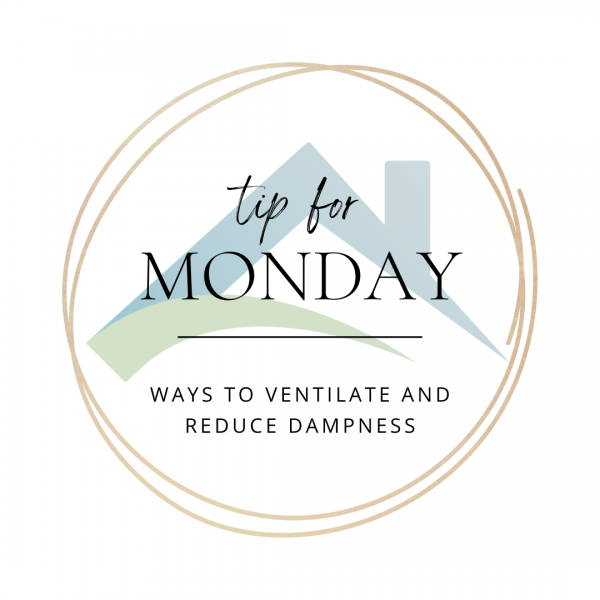Monday Tip : Ways to Ventilate and Reduce Dampness
June 27, 2022 at 12:10 PM

Dampness and condensation in winter is not fun to live with.
It can make your home unpleasant and could cause a mould related health hazard. It could also hit you in the wallet with increased power bills through efforts to keep your home dry. It may also impact the value of your home with wood rot and corrosion.
Here are some easy ways to ventilate and reduce damp in your home from the link provided below.
Air your home regularly.
Open doors and windows for 10-15 minutes each morning, or use a ventilation system. Airing out a room when you turn off the heater also helps to avoid condensation.
Use energy efficient, low emissions heaters.
Heat every room being used by someone to at least 18°C. Don't use unflued or portable gas heaters.
Dry washing outside.
Use a washing line or rack under a covered verandah, garage or carport. Use a clothes dryer only to finish them off, or if it's raining.
Use extractor fans and rangehoods.
Make sure they're big enough to do the job, regularly cleaned and send air to the outside, not your ceiling space.
Turn on the bathroom fan before a shower or bath.
Shut the door and open the window an inch. Afterwards, leave the fan running until the moisture clears.
Use lids on pots when you cook.
This helps to stop the steam escaping.
Move furniture away from walls in winter.
A 10cm gap will discourage mould (especially on external walls).
Leave wardrobes slightly open.
A little air circulation discourages mould growing on fabric.
Use a dehumidifier on damp days.
This will help to reduce condensation but it won't solve a dampness problem.
It's better to tackle the sources of damp and heat and ventilate your home.
Category: News Room

